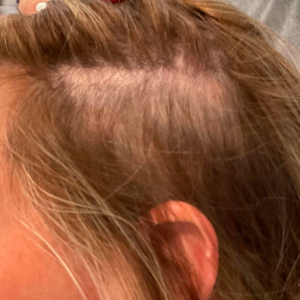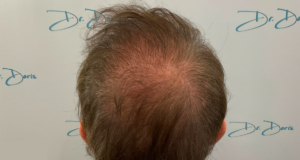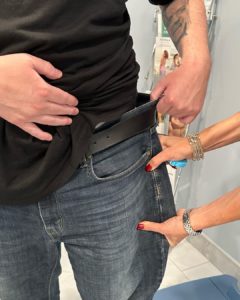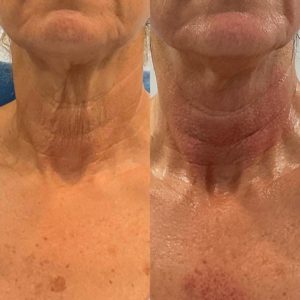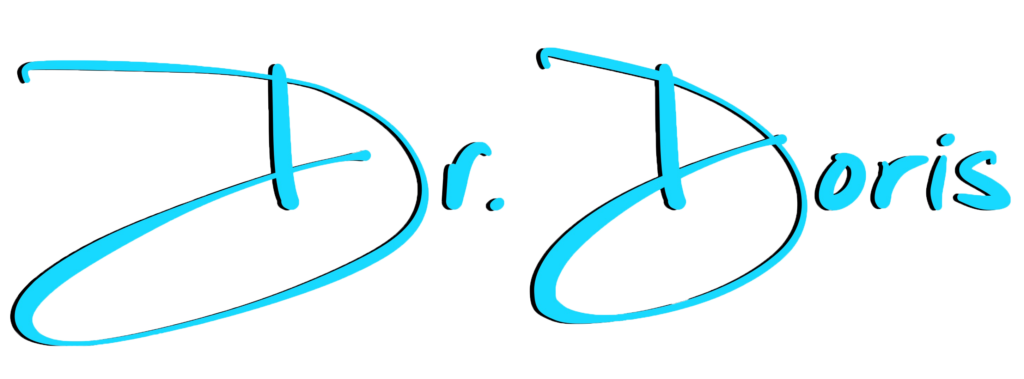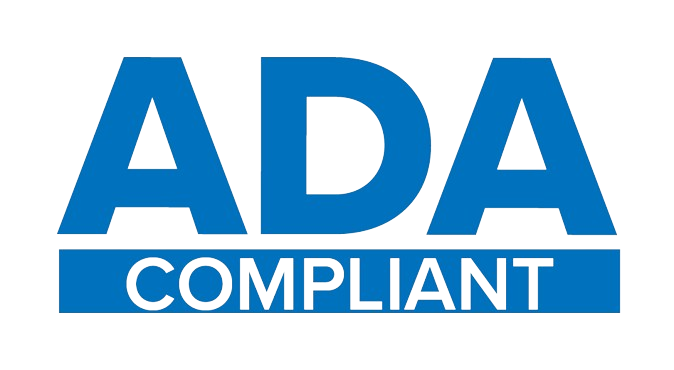Dermal fillers are revolutionizing the world of cosmetic treatments, offering a non-surgical solution to achieve a youthful and radiant appearance. In this ultimate guide, we’ll delve into the fascinating world of this fillers, exploring their benefits, types, and what you can expect during the procedure.
What Are Dermal Fillers?
Dermal fillers restore volume, smooth out wrinkles, and enhance facial contours through injectable treatments. Various substances, including hyaluronic acid, calcium hydroxylapatite, and poly-L-lactic acid, make up these safe and effective cosmetic solutions.
Benefits of Dermal Fillers
- Instant Results: One of the most significant advantages of fillers is that they provide immediate results. You can see a noticeable improvement in your appearance right after the treatment.
- Non-Surgical: Unlike surgical procedures, dermal fillers are minimally invasive and require little to no downtime.
- Natural-Looking: Dermal fillers are designed to enhance your natural beauty, giving you a refreshed and youthful look without looking overdone.
- Long-Lasting: Depending on the type of filler used, the results can last anywhere from six months to two years.
Types of Dermal Fillers
- Hyaluronic Acid : These are the most popular type of fillers and are known for their ability to retain moisture and add volume to the skin.
- Calcium Hydroxylapatite Fillers: These fillers are thicker and provide more structure, making them ideal for deeper wrinkles and facial contouring.
- Poly-L-Lactic Acid Fillers: These fillers stimulate collagen production, resulting in gradual and long-lasting improvements.
What to Expect During the Procedure
The dermal filler procedure is quick and straightforward. Here’s what you can expect:
- Consultation: During your initial consultation, your practitioner will assess your facial structure and discuss your aesthetic goals.
- Preparation: The treatment area will be cleaned, and a topical anesthetic may be applied to minimize discomfort.
- Injection: The practitioner will carefully inject the filler into the targeted areas using fine needles.
- Aftercare: You may experience some swelling or bruising, but this typically subsides within a few days.
For more information , you can visit this comprehensive guide.


